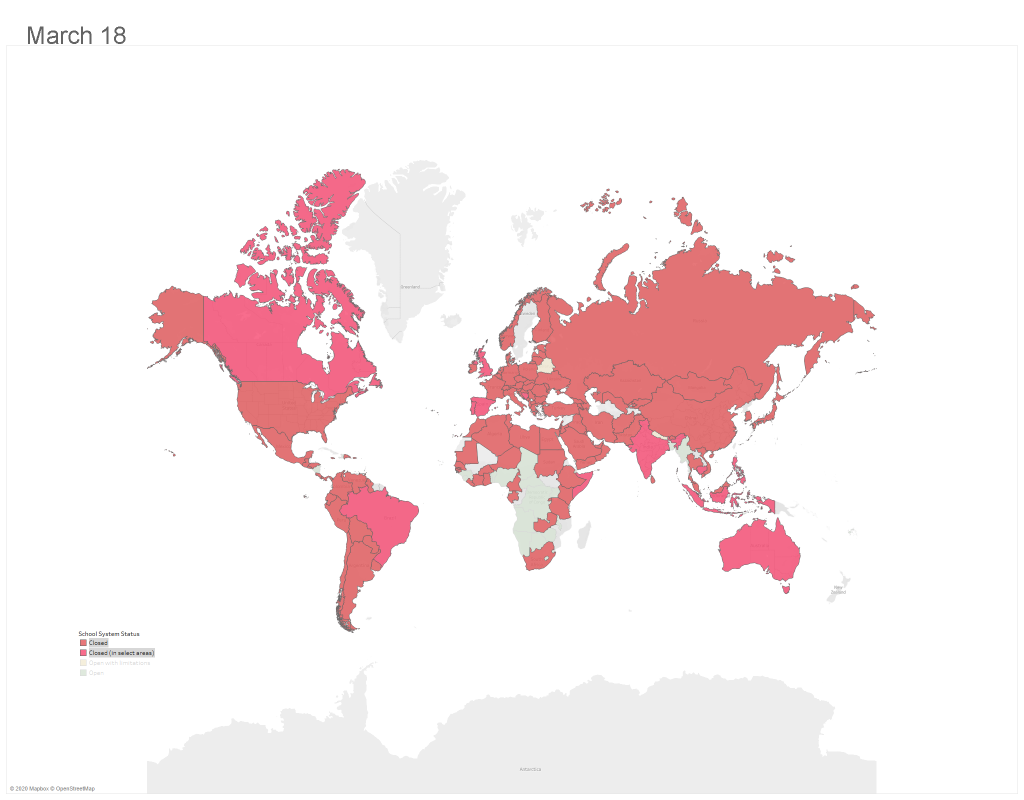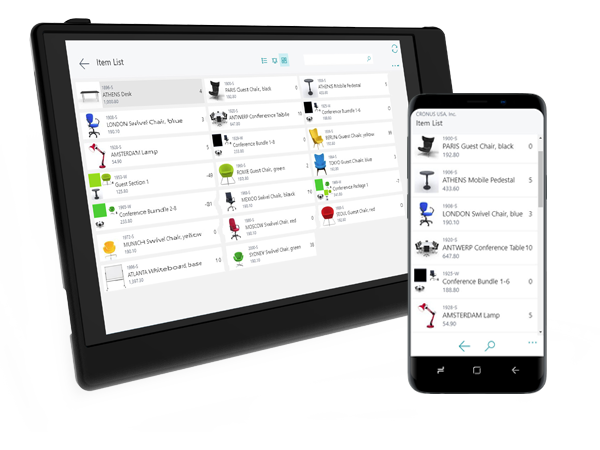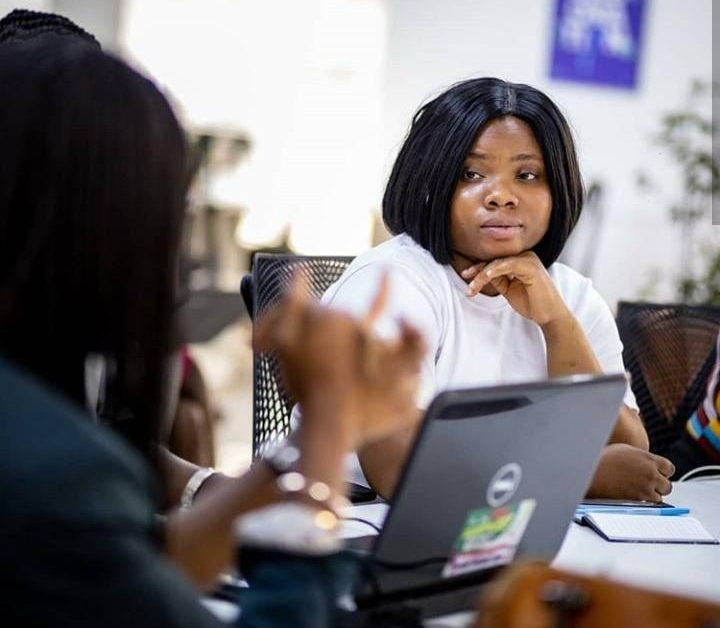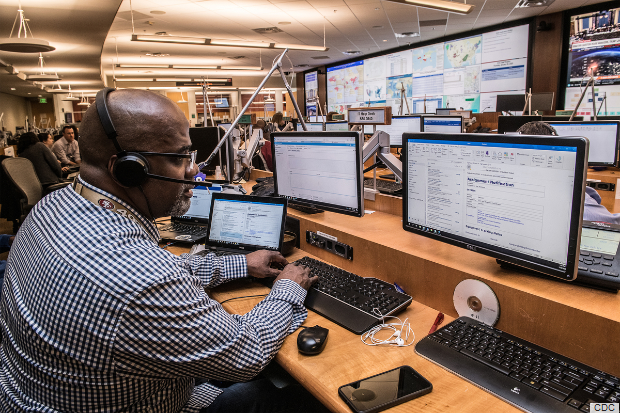
At the end of February as alarm bells began to sound on the growing spread of the COVID-19 virus, Nigerians and other countries globally established a multi-sectorial global task force to support country response and coping measures. At the time, only China and a handful of schools in other affected countries were enforcing social distancing through school closures. A little over two weeks later, 120 countries have closed schools impacting almost a billion students across the globe that have seen their schools close for varied lengths of time.

As we have seen from previous health emergencies, most recently the Ebola outbreaks, the impact on education is likely to be most devastating in countries with already low learning outcomes, high dropout rates, and low resilience to shocks. While school closures seem to present a logical solution to enforcing social distancing within communities, prolonged closures tend to have a disproportionately negative impact on the most vulnerable students. They have fewer opportunities for learning at home, and their time out of school may present economic burdens for parents who may face challenges finding prolonged childcare, or even adequate food in the absence of school meals.
The most worrying issue is that the majority of low-income countries (for example, in Sub-Saharan Africa) are nor reporting many (or even any) cases yet. This creates uncertainties for both service delivery and for preparedness. It is not clear what should guide the decision-making process for these countries: should they move preemptively in spite of potential economic fallout, or wait to see and risk widespread disease? Operating in the unknown creates substantial risks to all sectors, including education.
Possible solutions
The outbreak of the virus and lock-downs at the national level could be used as a best test for the education technology interventions for distance learning. Unfortunately, few systems arrived at this point fully prepared. China is one country where education continued regardless of school closures, taking place through internet and distance learning. Other countries or school systems are less prepared. Access to technology in most households may vary, and access to high bandwidth internet, or to smartphones is related to income even in middle income countries. Therefore, programs that can quickly target those in most need are crucial.
Education interventions during a crisis can support prevention and recovery of public health while mitigating the impact on students and learning. Where health facilities may be scarce, schools can be turned into makeshift holding centers during a crisis. This all needs to be factored into planning, particularly during the coping and recovery phases. It’s also worth noting that education has the potential to contribute to the protection of children and youth; it helps them cope or maintain some normalcy during a crisis, and recover more quickly, hopefully with some useful new skills (i.e. acquiring distance learning skills and deeper digital mastery where applicable). Furthermore, in some low-capacity environments, notably across swaths of Sub-Saharan Africa, schools are often the only permanent government structure in rural villages and can serve as makeshift crisis response centers. Teachers, often among the most educated in these hard-to-reach areas, can be trained to serve as contact tracers and communication campaign advocates.
How countries are managing
Many countries are implementing various forms of these strategies, including:
- Enhancing preparedness while keeping schools open: This involves enforcing and supporting preventive actions in schools (Afghanistan); establishing protocols for schools’ handling of illnesses and potential cases (Egypt, Russia, Belarus); using the education system’s infrastructure and human resources to address the spread of infections in communities (Liberia and Sierra Leone); and limiting physical contact by reducing social and extra-curricular activities (Singapore, Russia)
- Selective closing of schools: Choosing to isolate treatment areas, some governments have opted for localized school closures as an interim measure (for example India). In half the cases thus far, we have seen these localized approaches subsequently expand geographically (Brazil, India, Canada, Australia).
- National closing of schools (the most used option globally): As the virus has spread, many countries are announcing national school closures. Many are concerned that children and youth, while seemingly less susceptible to the virus and have a much lower case-fatality ratio, may serve as carriers for the disease, putting at risk older family members in communities across the globe where multi-generational households are the norm.
- Using remote learning and education resources like EduBase and EduPoint to mitigate loss of learning: Many countries have turned to distance learning as a means of mitigating for lost time in school (fully online in China, Italy, France, Germany and Saudi Arabia; mobile phones or television in Vietnam, Mongolia). In addition to infrastructure and connectivity, teachers’ and administrators’ familiarity with the tools and processes are also key factors in providing distance learning (Singapore).
- Other countries send kids home with lessons as homework (Lebanon). In Bulgaria, more than 800,000 accounts have been created for all teachers and parents, publishers have been mobilized to open the digital textbooks and learning materials for grades 1 to 10, and two national TV channels will broadcast educational TV as seen in Nigeria.
- As more countries close schools, more creativity will be needed. For instance, adapting existing platforms for use in smartphones, and/or agreeing with telecom companies to eliminate the cost of accessing material from a Ministry of education site could be part of the mitigation efforts.
In addition to offer practical solutions to the African schools facing the COVID-19 effect, we have developed a platform called EduPoint; which ensure live class goes on online to ensure learning continues and EduBase; which helps automate and manage fully the end to end operation of schools both onsite and remotely.
Here are some essential EduBase features that will help you keep your school together:
✅EduBase allows your school to have online learning between learners and teachers using their school account with lots of teaching and educational resources for teachers, parents, and kids.
✅Fee payments: Find and track financial leakages, receive online payments, and reconcile them easily to each student and line item. View outstanding balances for each parent and more.
✅Communication with parents – Now more than ever, schools and parents need to work together for the best learning and development outcomes. With EduBase parents, you can group parents by class or subject and email/ message them at once.
✅Reports and dashboards – Get a birds-eye view of all financials and important statistics for your school with the admin dashboard. Start making better management decisions.
Not using EduBase yet?
Call +2348139319159 or send us an email to [email protected]
Learn more about these features >>>
Request for a FREE DEMO using the WhatsApp link: https://wa.me/2348139319159
Let’s get your school working effectively and seamlessly even in a remote phase.
Recent Posts
- How Countries are Preparing, Coping, and Planning for Recovery: How EduBase is helping Schools in this Pandemic Era.
- Why it Makes Sense to Move your Retail Management Software to the Cloud
- How EduPoint; One of Growth Capital’s Port-folio Companies is Improving the Way Students are Learning in this Pandemic
- 4 Omni-Channel Failures That Could Easily Have Been Avoided With the Right Management System
- TeleHealth in COVID-19: How e-Doctor is helping Hospitals.







Recent Comments